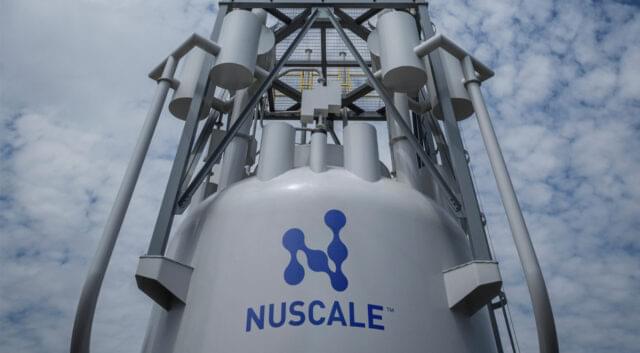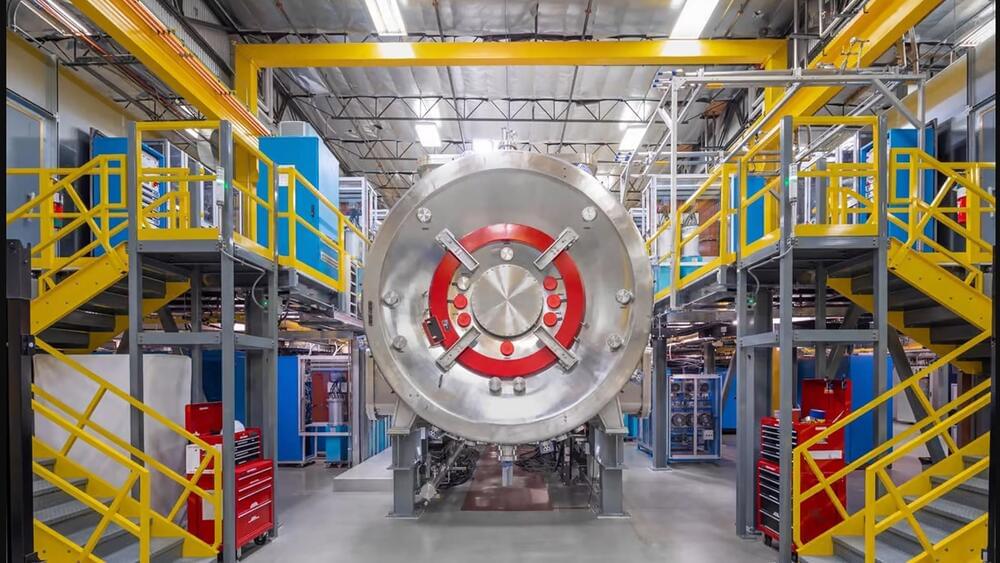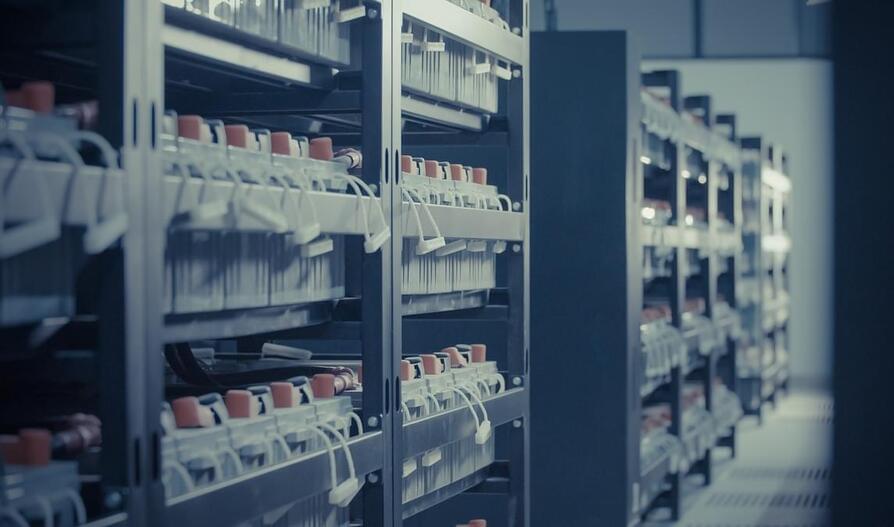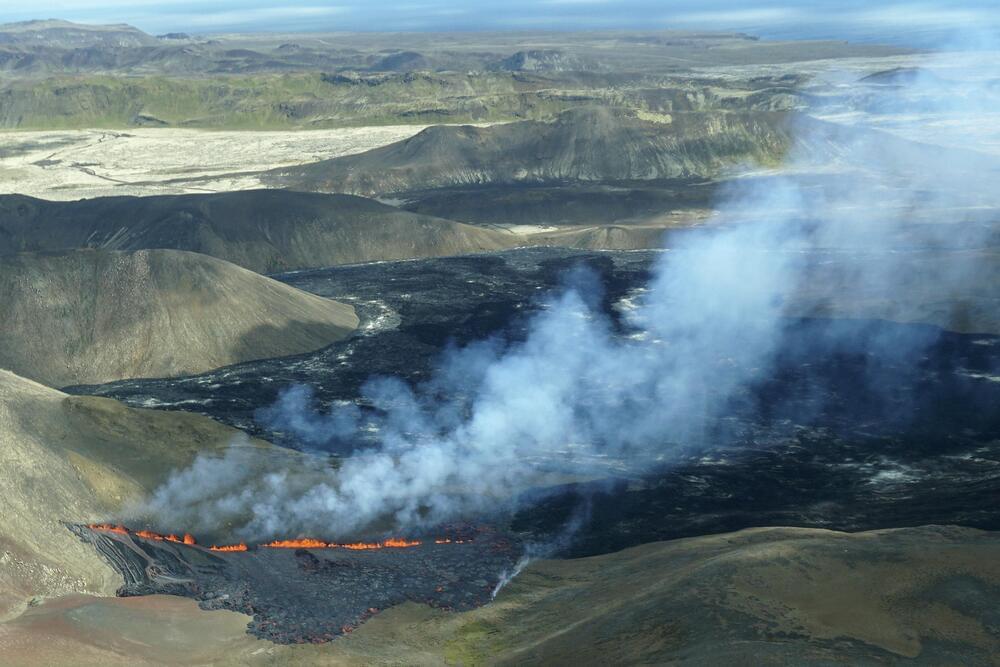View insights.
Since 2016, engineering firm NuScale has been working toward getting approval for a first-of-its-kind nuclear reactor, and late last week, the Nuclear Regulatory Commission (NRC) gave it the green light. The company’s pint-sized nuclear reactor has numerous safety benefits over larger reactors, and the small size makes it possible to build them at a centralized facility before shipping them to their final destination.
Nuclear power seems to flip between savior and boogeyman every few years. As climate change escalates due to the use of fossil fuels, nuclear is seen as a way to reduce carbon emissions while maintaining high electricity generation. However, all it takes is one accident like Fukushima or a reminder that Chernobyl is still incredibly dangerous decades later to make people second-guess the construction of new fission generators.
NuScale, which has been anticipating approval of this design since the last technology review in 2020, says its small modular reactor (SMR) addresses these concerns. It’s based on a “Multi-Application Small Light Water Reactor” developed at Oregon State University in the early 2000s. It has a compact uranium nuclear core along with helical coil steam generators inside the same steel reactor vessel. So, it generates power through the same mechanism as a traditional reactor (no fancy uranium or thorium salts here), but each SMR only produces about 50 MWe (megawatts electrical) compared with 1,000 or more in existing reactor designs.






 עברית (Hebrew)
עברית (Hebrew)
